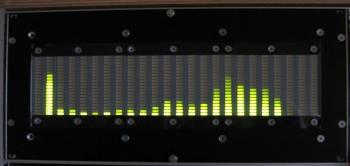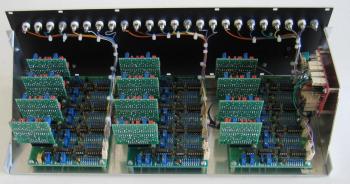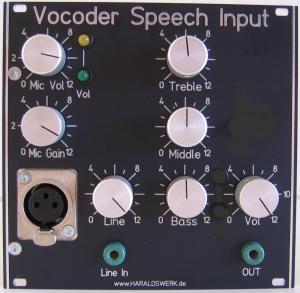Motivation
I want one. I wanted one since i have heard Kraftwerk and seen the DIY Elektor Vocoder. But i didn't have the means. Now i have. Jürgen Haible's Living Vocoder was a great inspiration for me. I have had his really big PCB from the Living Vocoder in my hands. What an impressive work! But i wanted something more flexible and modular. The first thought was to make it like the Elektor Vocoder, one complete channel per frequency band. But then, if you want to change the frequency or filter architecture, you have to replace the whole channel. So i decided to make the filters replaceable. It is possible now to alter the characteristic of the Vocoder by changing just the filters. I studied Jürgens Living Vocoder, the Elektor Vocoder, the ELRAD Vocoder, ETSI Vocoder, EMS Vocoder, Sennheiser Vocoder and some more. And picked up what i think might be useful for my approach. My design holds up to 24 filters in steps of eight. So you can start small. All control voltages are brought out, so you can patch the channels to you liking. This makes for some really weird effects. All components are available (2017) and through hole with one exception. Some 0805 SMD capacitors are used in the bandpass filter. But they are big enough to be soldered by hand without problems. One optional module, the display unit, shows the control voltage per channel. It is attached to the Vocoder Analyzer part. You have a optical control over the incoming spectrum. Never seen this before with a Vocoder.
- Completely analog
- Up to 24 filters
- Modular
- Display unit
- ...
Sitelist
Current state: |







